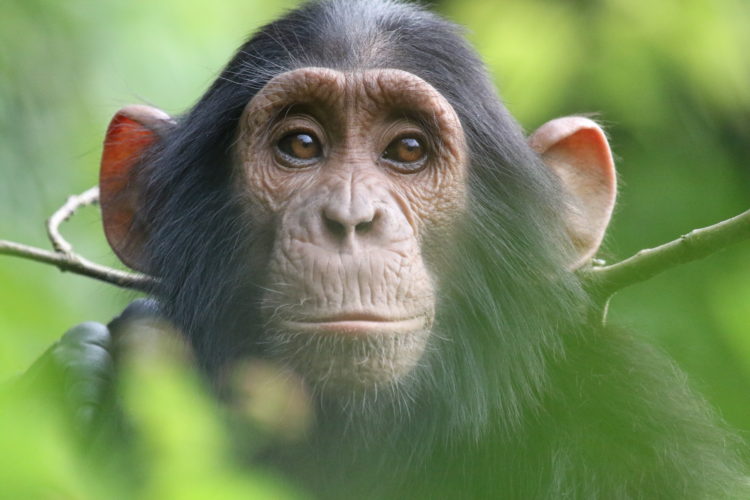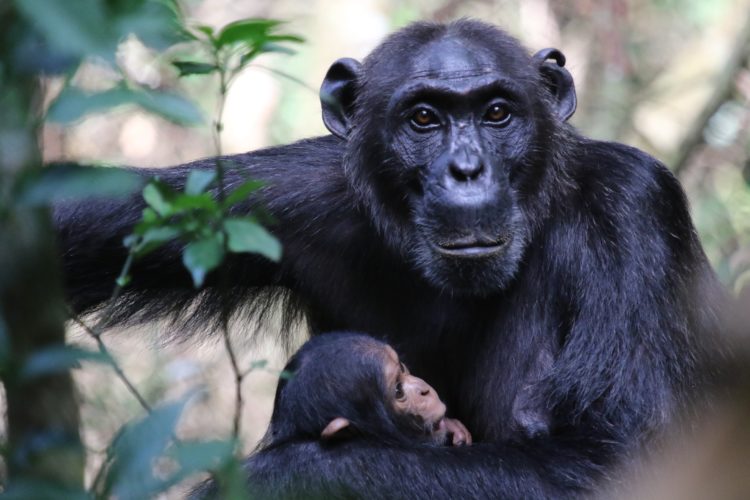The eyes have it

The ability to detect the direction of someone’s gaze is not unique to humans, as had been previously thought, according to new research.
The contrasting colour patterns of our eyes, which help us see where others are looking, was thought to be unique in humans but has been found to be present in chimpanzees and bonobos by scientists working at the University of St Andrews, the Department of Biological Sciences National University of Singapore, and Leiden University in the Netherlands.
It has been suggested that the difference between the white of our eyes, the sclera, and our colourful irises allows others to detect the direction of our gaze – something that many of our other skills, such as social learning, seem to depend on. The sclera of apes’ eyes is often darker, and because of this, researchers have long argued that their gaze was ‘hidden’ or cryptic and that other apes would not be able to see where they are looking.
The new study, ‘Scleral pigmentation leads to conspicuous, not cryptic, eye morphology in chimpanzees’, published today (Monday 2 September 2019) in Proceedings of the National Academy of Sciences of the United States of America found that ape eyes have the same pattern of colour differences we do, suggesting that they could also follow each other’s gaze.
Before humans had language, our ancestors may have relied on the gaze of those around them to help communicate dangers or other useful information. “They couldn’t say ‘look over there’ but a look in the direction of a predator might be enough, as long as it was possible to follow the direction of their gaze,” said lead author Juan O Perea-García of the Department of Biological Sciences National University of Singapore.

Senior author Dr Cat Hobaiter, a field primatologist and lecturer in the School of Psychology and Neuroscience at the University of St Andrews, said: “Understanding where someone is looking seems to be key to understanding what they’re interested in, what they’re thinking about. For a long time researchers have suggested that the colour of other apes’ eyes means that they hide this information; we’ve shown that’s not the case.”
Bonobos, like humans, have paler sclera and darker irises, but chimpanzees have a different pattern: very dark sclera, and paler irises. Both colour patterns show the same type of contrast seen in human eyes and could help other apes find out where they are looking.
Dr Hobaiter said: “The idea that chimpanzees couldn’t see where other chimpanzees were looking always puzzled me. I’ve spent years working with wild apes and I find it quite easy, and I’m sure they’re much better at it than I am.”
Category Research